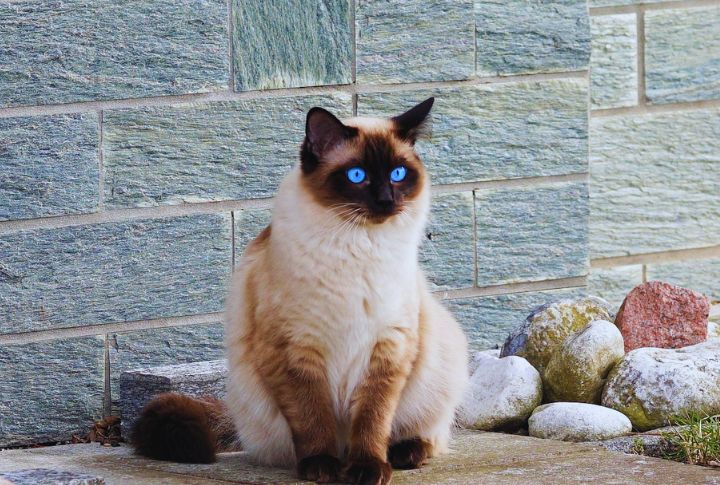
You might think you’ve seen a Siamese cat before, but give it a second glance. The coat might not seem like what you expected, and the eyes appear a little softer. Something feels different, and the real fun begins when you realize there is more than one kind. This list gives you the edge to spot the signs that separate each unique Siamese variety.
Traditional Siamese
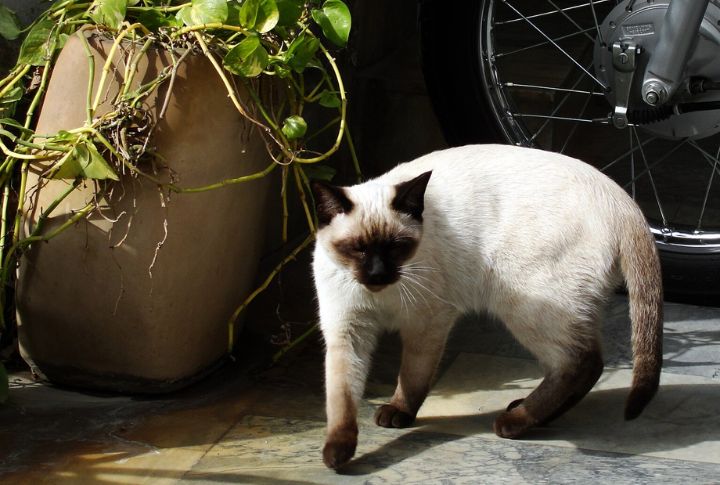
Before breed standards started leaning towards skinny frames, the Siamese you’d meet had rounder faces and stockier bodies. People called them “applehead” types for their distinct skull shape. These cats were common in U.S. households in the 1950s and still exist today through breeders who favor the original build.
Modern Siamese
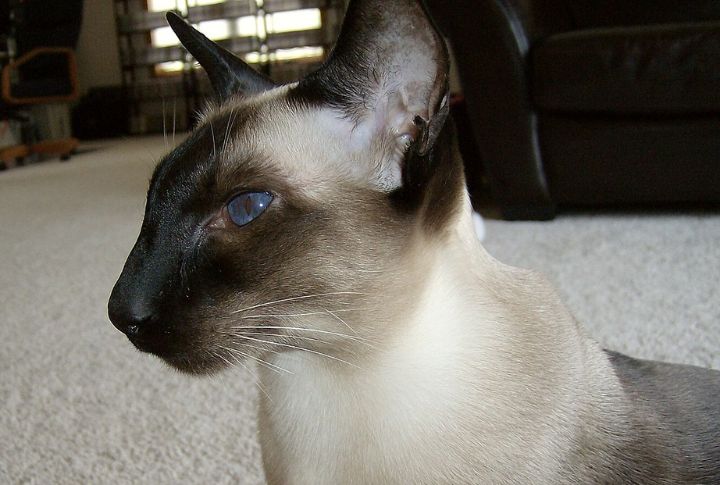
Glance at a modern show cat, and you’ll catch that wedge-shaped head and ultra-slim frame right away. That sleek look didn’t evolve by accident as breeders gradually chose sharp features. Registry-wise, this version dominates the ring today, but the personality remains true to its roots with boldness and quick instincts.
Seal Point Siamese
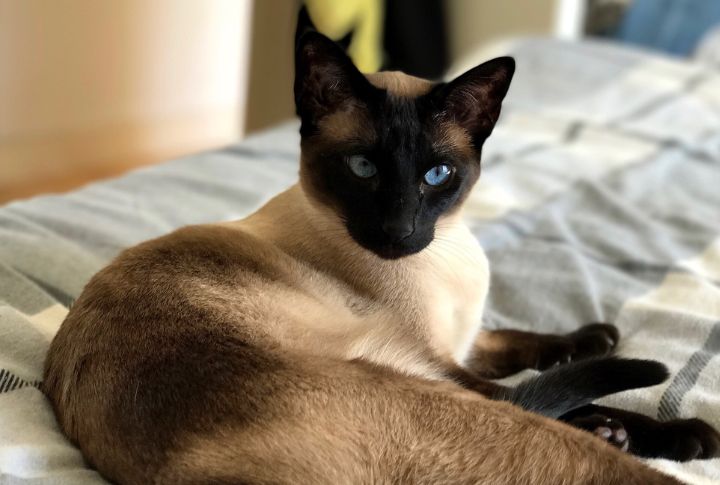
Seal Points are often mistaken as the “default” Siamese because they were the earliest variety many people encountered. You’ll spot them by their rich brown points and creamy bodies. The contrast in color is caused by temperature-sensitive genes that darken their fur in cooler areas like paws and ears.
Chocolate Point Siamese
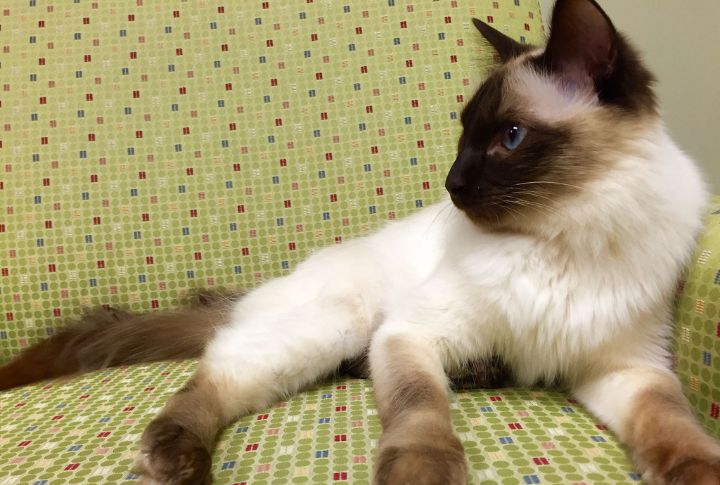
Lighter brown markings and an ivory-toned coat set these cats apart from their seal-colored cousins. They weren’t officially recognized as distinct until the mid-20th century, though people had already noticed the warmer hues. Their noses and paw pads often lean pinkish, giving them a sweeter look and softer contrast overall.
Blue Point Siamese
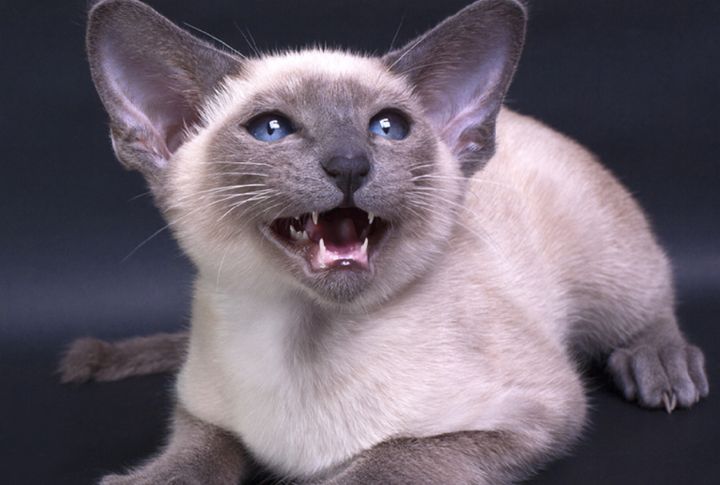
These cats became particularly popular in the 1960s as demand grew for softer color profiles. Cooler in tone, Blue Points show off a silver-gray shade on their extremities with bluish-white coats. Some say they appear more relaxed than darker varieties, but their temperament remains unmistakably Siamese.
Flame Point Siamese
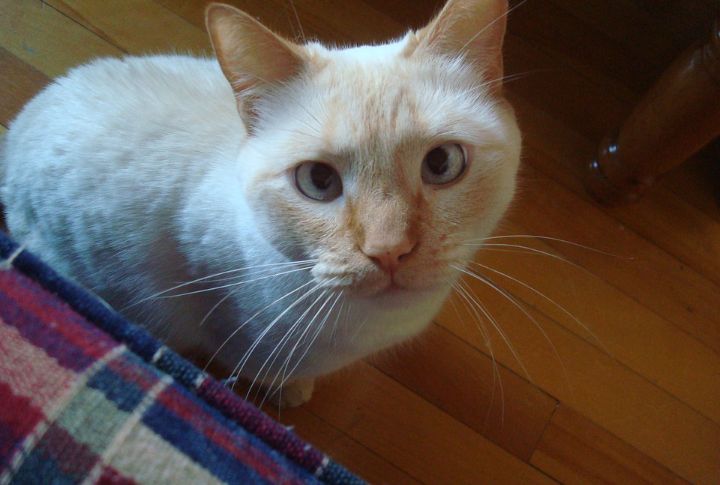
Have you ever seen a Siamese with orangey-red ears and a tail? That’s a Flame Point, often created by crossing Siamese with red tabby breeds. While some registries don’t recognize them, their following remains strong. Their markings tend to deepen over time and remain matched with their spirited personality.
Lynx Point Siamese
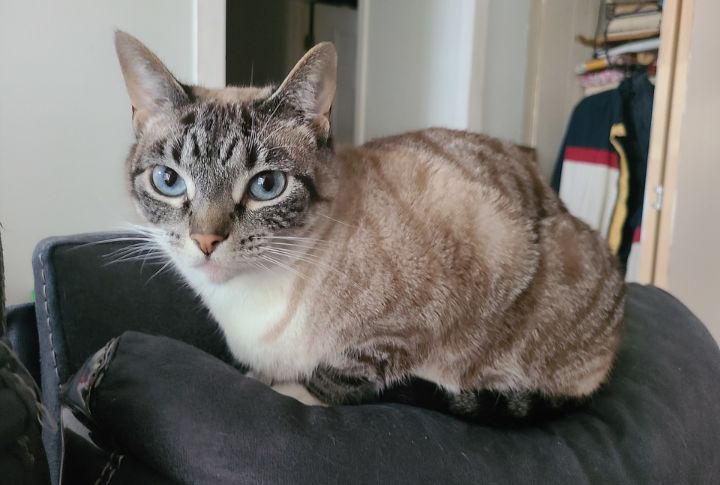
Siamese breeders never intended tabby striping, but an accidental cross decades ago made people love the result. Lynx Points often show an “M” shape on the forehead and subtle rings along the legs or tail while keeping the Siamese talkativeness but with a softer edge.
Snowshoe Siamese
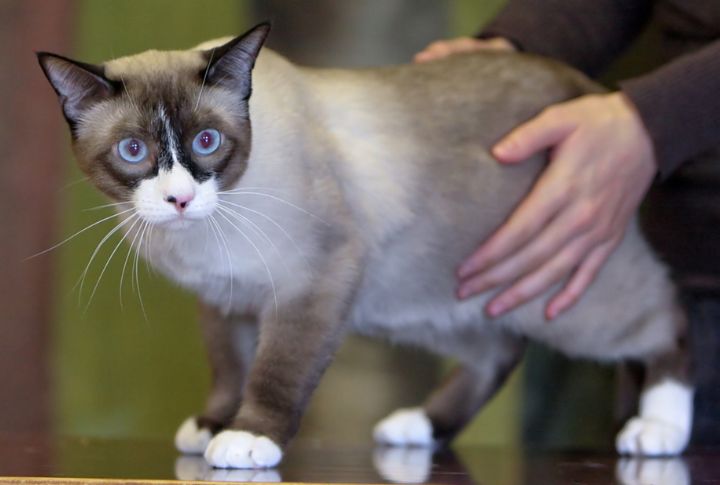
White paws and a contrasting face mask are the visual cues here. This breed came together in the 1960s when an American breeder noticed a Siamese litter had white-marked kittens. Snowshoes, known for initial caution, quickly weave themselves into your daily life with steady loyalty.
Oriental Shorthair
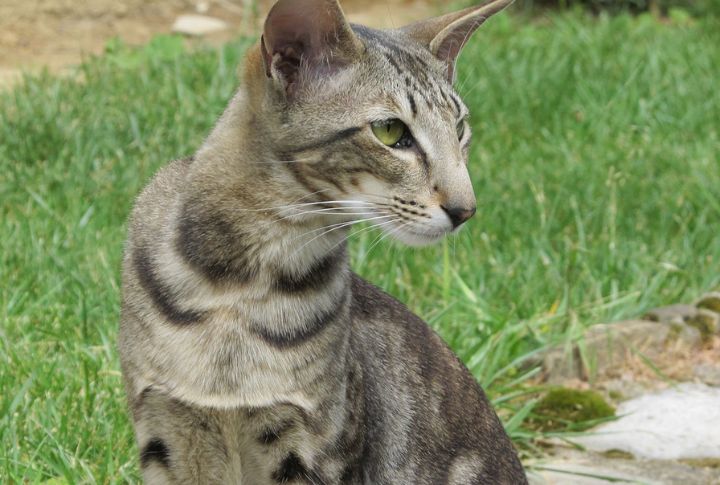
The Oriental Shorthair keeps the Siamese’s sleek body and lively spirit but offers over 300 coat colors and patterns. The majority of them possess green eyes, while some may possess other eye colours. They are also known for their bold personalities and vocal nature, similar to Siamese cats.
Balinese
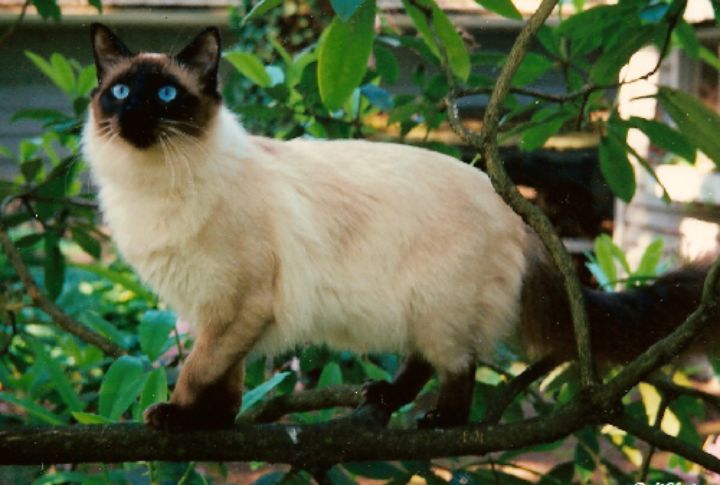
A lush coat and plumed tail set the Balinese apart, thanks to a spontaneous mutation that the breeders welcomed wholeheartedly. However, beneath the fluff, they remain lean and light on their feet, matching the Siamese reputation for grace and keeping their signature chatter alive.

